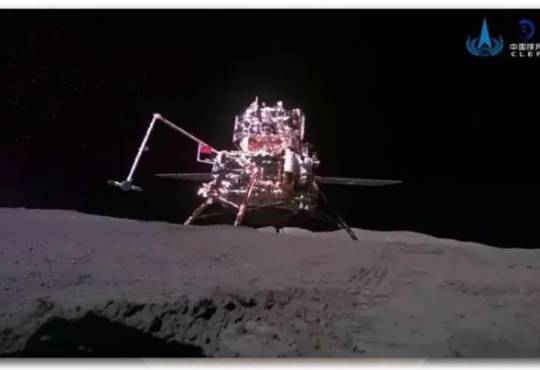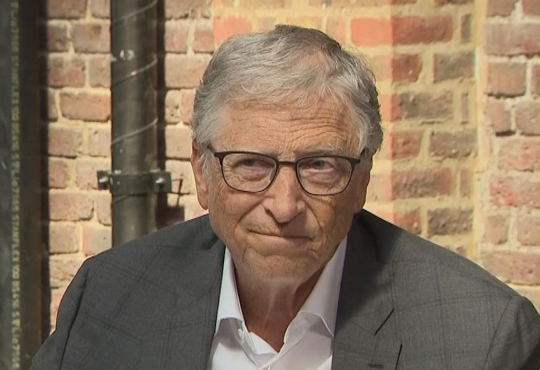A Japanese company surprised the world! “We will build a tower 36,000 kilometers high”

Japan’s Obayashi Corporation has announced that by 2050 it intends to build a tall tower that will connect Earth and space.
The basic idea of this space elevator is to cheaply launch astronauts at record speed.

Scientists estimate that this could shorten the trip to Mars to three to four months or even 40 days. Although the concept of space elevators is not new, designing such a structure is no easy feat.
The Obayashi Corporation, known for building Japan’s tallest tower, the 634-meter-tall Tokyo Skytree, announced back in 2012 that it planned to begin construction on the 100 billion-euro project by 2025, with the opening expected by 2050.
Cheap launch
Yoji Ishikawa, of the corporation’s Future Technology Department, indicated that the company is actively engaged in research and development, rough design, building partnerships and promotion, although construction will not begin next year.
Launching people and objects into space with rockets is extremely expensive, and NASA’s four Artemis missions to the moon cost an estimated €3.77 billion per launch. Obviously the rocket equation, which requires a lot of fuel which in turn increases the weight, gives an expensive result.
A space elevator, which uses electromagnetic vehicles called climbers that are remotely powered by solar or microwave energy, could significantly reduce costs. Estimates show that transporting goods into space could cost as much as 115 euros/kg (euro per kilogram), compared to SpaceX’s Falcon 9 which costs 2,490 euros/kg.
Incredible dimensions
However, building the tower presents a significant challenge. Typical materials, such as steel, would require more than is found on Earth. Obayashi proposes using carbon nanotubes, which are much lighter and stronger than steel, but currently only about 60cm long. The tower must be at least 36,000 km long to reach geosynchronous orbit.
In addition to material challenges, other obstacles include the tower’s vulnerability to stress cracking, lightning strikes and adverse weather conditions. Locating the base on the equator in the open ocean could mitigate some of the risks, but the project would still face threats from natural disasters and possible terrorist attacks.
Raising the necessary funds and building partnerships across industries are key to overcoming these challenges. Despite these obstacles, Obayashi remains optimistic about the 2050 timeframe:
“That’s not our promise, but we’re still aiming for that date.”








